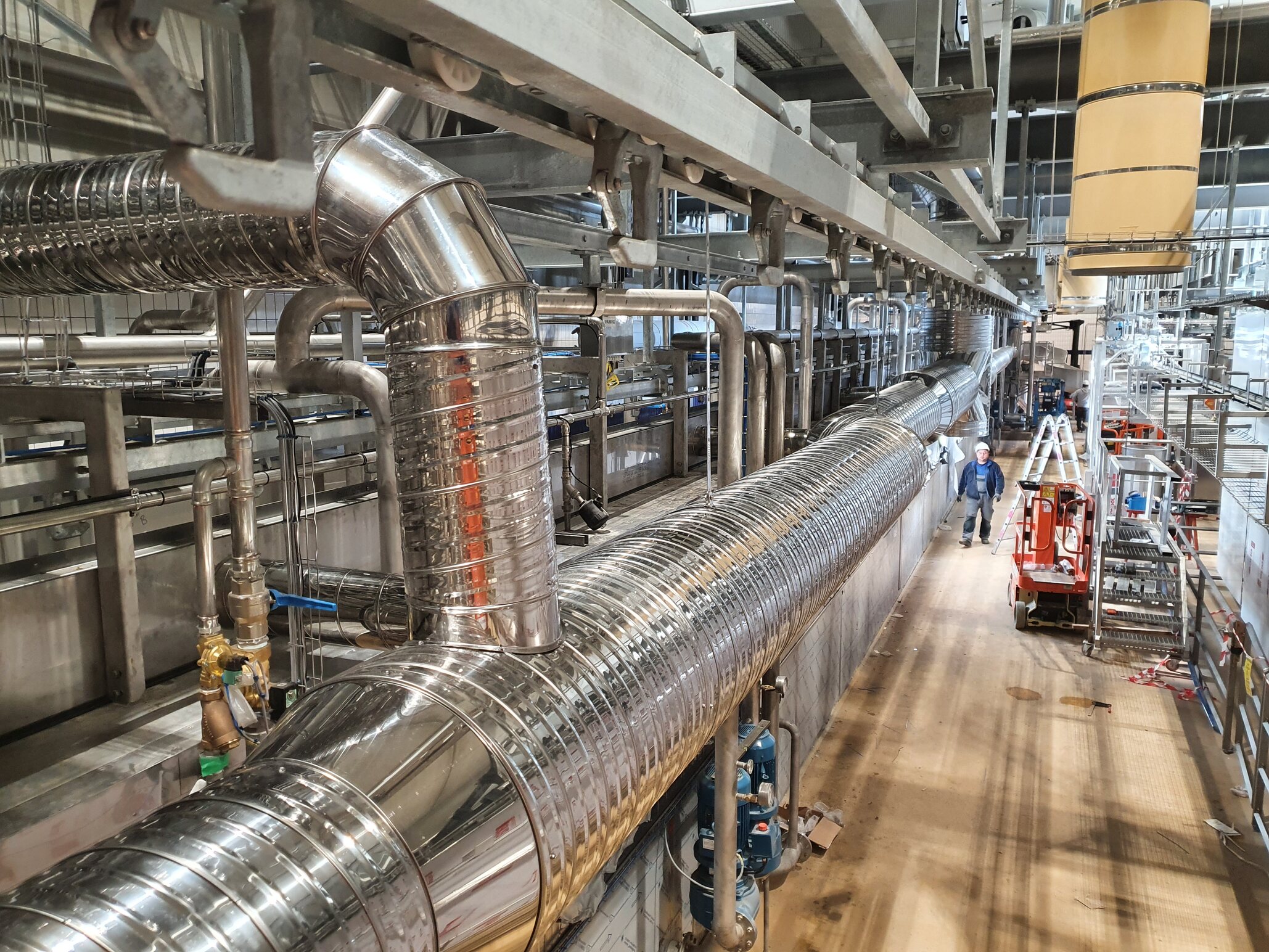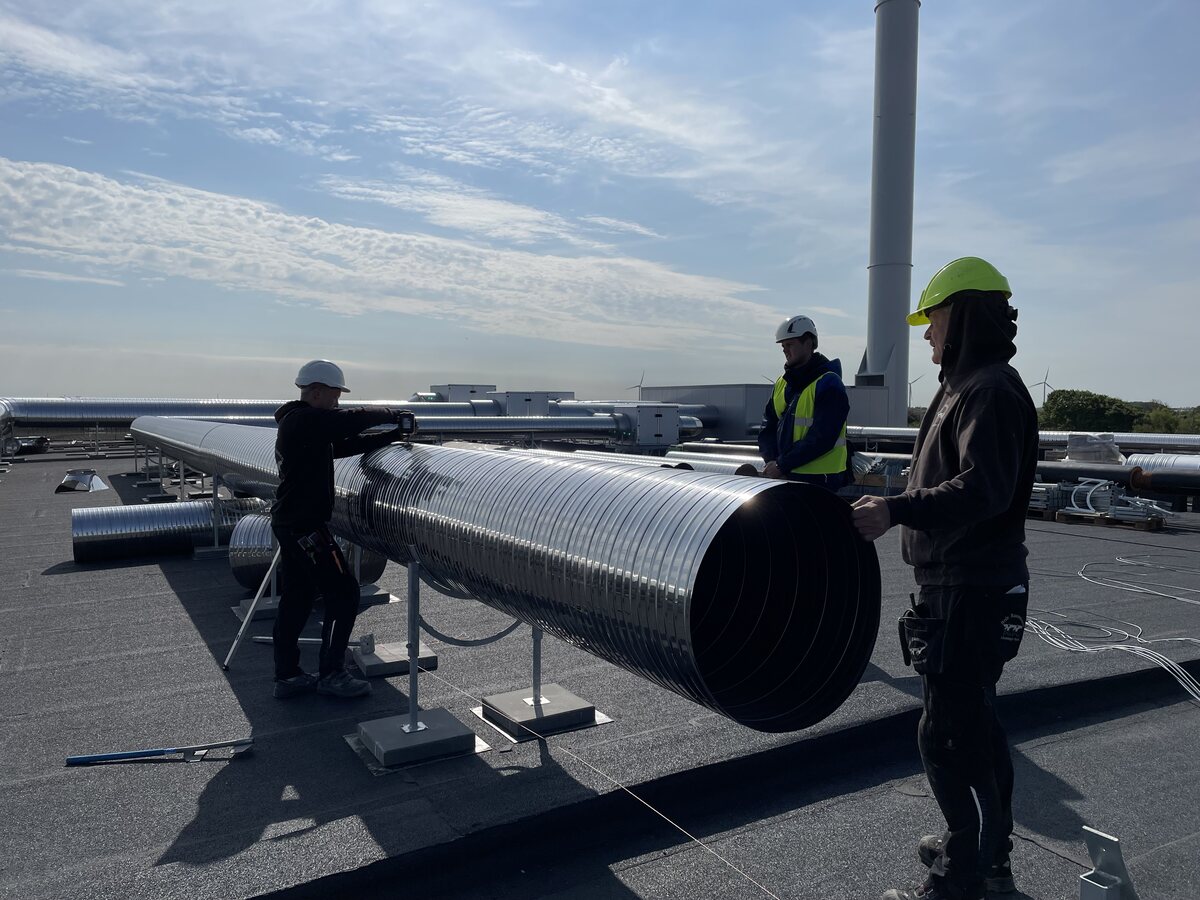Energy optimization of ventilation systems
Energy optimization of ventilation systems is crucial for maximizing efficiency and minimizing energy consumption in industrial and commercial environments. At Bardram, we understand the importance of creating tailored solutions that not only meet the needs of our customers but also focus on optimizing energy usage in their ventilation systems.
What does energy optimization of ventilation systems involve?
But what does energy optimization of ventilation systems actually involve? It is about reviewing and analyzing the existing ventilation system to identify areas where energy consumption can be reduced without compromising performance. This may include optimizing airflow, using energy-efficient components, and implementing advanced control systems.
Energy optimization of ventilation systems is not only a sustainable practice but can also result in significant savings on energy bills. By adapting the ventilation system to the actual needs of the business, unnecessary energy consumption can be avoided, ensuring that ventilation is tailored to changing work conditions and production requirements. Energy optimization of ventilation systems is relevant for systems with heat recovery, cooling systems, and generally for most systems related to industrial and process ventilation.
The influence of weather on your ventilation
Most systems are designed to maintain a certain temperature in the room when it is 25°C outside. In Denmark, there are approximately 75 hours per year where the outside temperature is higher than 25°C. Therefore, the airflow in ventilation systems can be reduced for most of the year, and outside air can be used more intelligently. With our ventilation solution, HUGIN, for example, it is possible to use cooling during the night before a hot day, thus making the most of the earth's resources.
Poorly adapted systems
We often encounter companies that use 5-10 times more energy than necessary. The reasons are often:
Operation outside of production hours. If your system operates when there are no others in the building, such as on weekends, then this is a good time to reduce energy consumption.
Systems do not adjust performance according to demand. It is often seen that ventilation systems operate at a higher level than necessary, without it being noticeable. It may also be that there have been changes in the environment the ventilation is regulated for. For example, machines, seats, or similar may have been moved, and the needs have therefore changed.
Lack of maintenance and problems with the system. It is often seen that systems use too much energy because, for example, the filters have not been changed for a long time. Dirt accumulates, and the system needs more energy than necessary to meet the needs of the premises in the company. Our solution, HUGIN, can tell you when it is time to change the filter. Likewise, we can help arrange a time for KK-Ventilation to change filters if you are not comfortable doing it yourself.
Short payback period
We often find that the investment is modest compared to the savings. Bardram creates savings on operations by dimensioning ventilation systems to fit the production needs. There are often significant economic benefits to making minor changes.


Avoid unnecessary expenses by having your company's ventilation system checked. When Bardram optimizes ventilation systems, we never compromise on the production environment. Our specialists assist with a technical review of ventilation systems. We compare the actual needs with the current system performance and map out potentials for energy savings. When needs and performance differ, Bardram designs the adjustments to bring them into balance.
Changes to existing systems
We all know how the current energy crisis is affecting companies nationwide. In this context, it is obvious to examine how your company can reduce consumption, and this is something Bardram can help with.
Your company can reduce consumption by:
- Adjusting ventilation systems according to current production needs.
- Recovering energy from heat, air, or moisture in your own production. Transfer energy from an area of surplus to an area of consumption.
- Changes in system design such as mixing chambers and recirculation.
Installation of new ventilation systems
When designing ventilation systems, operating costs and payback periods are always a focus. We assist your company with solutions that ensure a good production environment and advise you to get the optimal solution.
Our control systems constantly measure operational values and adjust airflow, cooling, and heating, ensuring that operations are always optimal for production.
Whether you want a payback period of 3 or 10 years, our dimensioning skills are beneficial to you. We know where in the system energy is best saved. We design components and duct systems ourselves, so they are optimized for the desired payback period.

